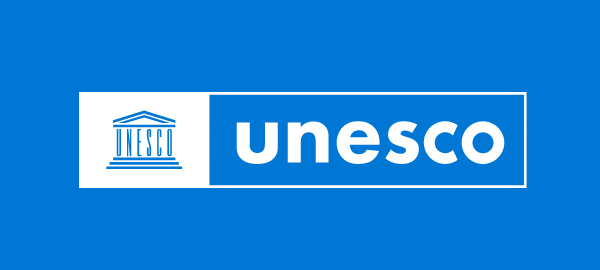Around 80 percent of researchers at Germany’s Max Planck and Fraunhofer societies report using AI in their work, according to a survey of more than 6,200 respondents published in Research Policy.
Nearly half said they were very familiar with AI tools, while another 44 percent had used AI a few times.
The study shows a rapid rise in AI use since 2023, when just 17 percent of researchers used generative AI weekly. Many respondents now employ AI for core and creative research tasks, with 37 percent citing its use in innovative work processes.
Demographic trends reveal that older researchers and women are less likely to use AI, although lower familiarity rather than scepticism drives these differences. Researchers view AI as transformative, acting increasingly as a co-creator or manager rather than merely an automation tool.
Measures such as training, supportive learning environments and legal guidance could further boost AI adoption. Despite the study being limited to Germany, the findings point to a profound transformation in research driven by AI technologies.
Would you like to learn more about AI, tech and digital diplomacy? If so, ask our Diplo chatbot!










